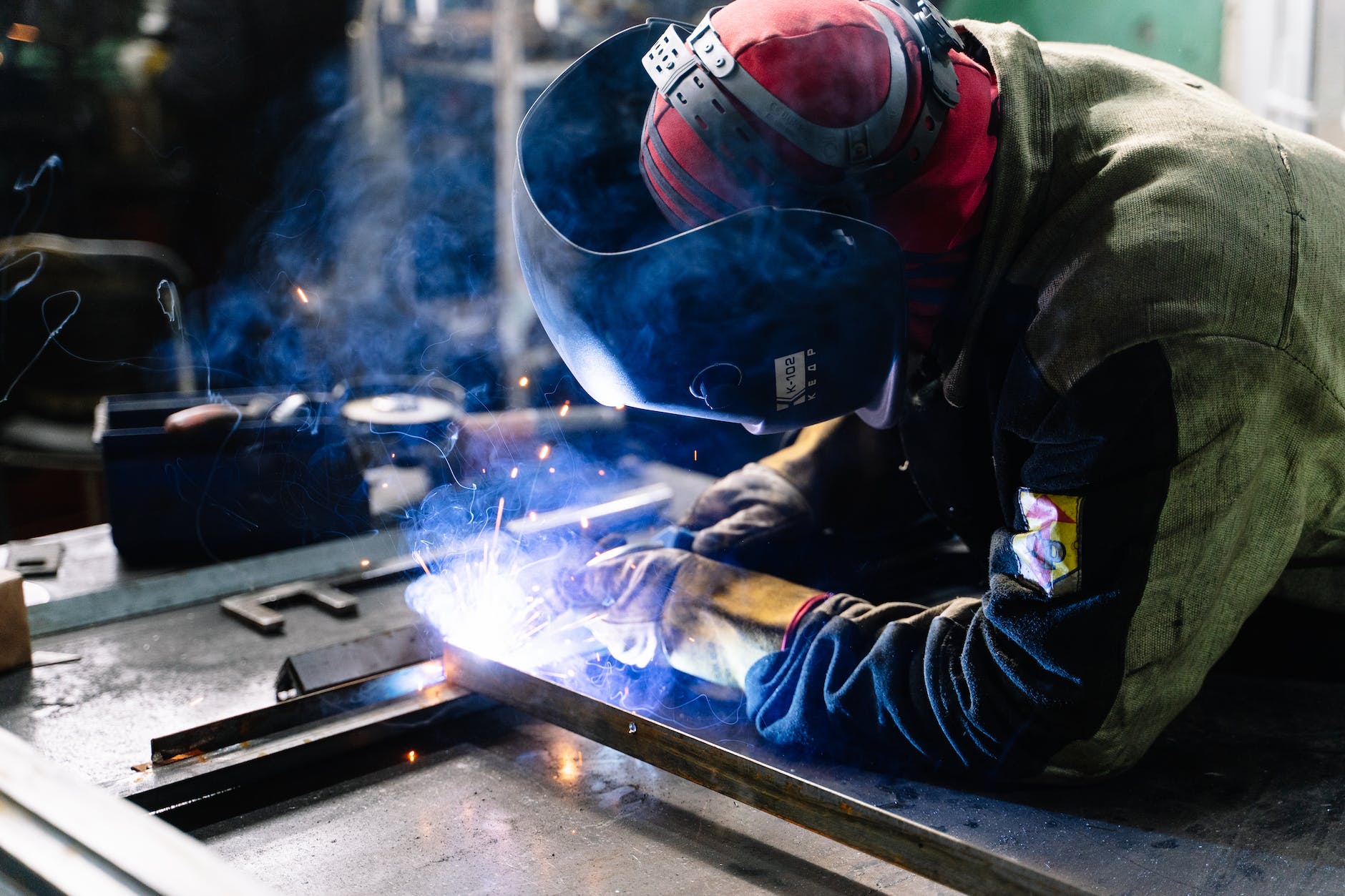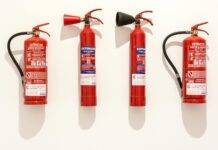
Welding Safety Quiz with MCQs Answers
Introduction
Welding Safety Quiz : Welding is a critical industrial process that requires skill and precision. Safety is paramount in welding operations to protect both the welder and those around them. To ensure a comprehensive understanding of welding safety, let’s dive into a Welding Safety Quiz with Multiple Choice Questions (MCQs) and their answers.
What is the primary purpose of welding?
Welding is primarily used to join two or more pieces of metal together. It creates a strong and durable bond, which is essential in various industries, such as construction, automotive, and aerospace.
Why is proper ventilation crucial in welding areas?
Proper ventilation is essential to remove welding fumes and gases. Inhaling these substances can lead to severe health issues. Adequate ventilation ensures a safer working environment.
What protective gear should a welder wear?
Welders should wear protective gear, including a welding helmet, gloves, flame-resistant clothing, and safety goggles. These items shield them from sparks, UV rays, and heat.
How can you prevent electric shock during welding?
To prevent electric shock, welders should inspect their equipment for damaged cords and ensure it’s properly grounded. Additionally, they should avoid working in wet conditions.
Why is it important to inspect welding equipment regularly?
Regular equipment inspections help identify potential hazards and ensure that welding tools are in good working condition. This reduces the risk of accidents.
What are the different types of welding techniques?
Welding techniques vary, with some of the most common ones being MIG (Metal Inert Gas), TIG (Tungsten Inert Gas), and Stick welding. Each has its own applications and requires specific skills.
How does welding impact the environment?
Welding can release harmful gases and pollutants into the atmosphere. Proper disposal of welding byproducts and the use of eco-friendly materials can mitigate these effects.
What is the role of a welding supervisor?
A welding supervisor oversees welding operations, ensuring that safety protocols are followed, and quality standards are met. They play a crucial role in accident prevention.
What are the common hazards in welding?
Common welding hazards include exposure to fumes, burns, electric shock, and eye injuries. Proper training and safety measures can mitigate these risks.
How should one handle welding gases safely?
Welding gases should be stored and handled with care. They should be stored in well-ventilated areas, and cylinders should be securely fastened to prevent accidents.
Why is eye protection essential for welders?
Welders are exposed to intense UV and infrared light, which can damage their eyes. Eye protection, such as welding helmets and goggles, safeguards their vision.
What is the purpose of pre-weld and post-weld inspections?
Pre-weld inspections ensure that the work area is safe, and equipment is functioning correctly. Post-weld inspections verify the quality of the weld and its compliance with standards.
How can you mitigate fire risks during welding?
To reduce fire risks, welders should clear flammable materials from the work area, have fire extinguishers on hand, and be trained in fire safety procedures.
What safety precautions should be taken when welding in confined spaces?
Welding in confined spaces requires additional safety measures, such as proper ventilation, gas monitoring, and emergency procedures, to prevent accidents.
What steps should be followed in case of a welding accident?
In case of a welding accident, immediate first aid should be administered, and the injured person should receive medical attention promptly. An incident report should also be filed for investigation.
START YOUR WELDING SAFETY QUIZ
- What is the primary purpose of welding?
- A) To create decorative metalwork
- B) To join two or more pieces of metal together
- C) To generate electricity
- D) To cut through metal
- Why is proper ventilation crucial in welding areas?
- A) To keep the area warm
- B) To remove welding fumes and gases
- C) To create a pleasant working environment
- D) To reduce noise levels
- What protective gear should a welder wear?
- A) Sunglasses and shorts
- B) A lab coat and sandals
- C) A welding helmet, gloves, flame-resistant clothing, and safety goggles
- D) A raincoat and rubber boots
- How can you prevent electric shock during welding?
- A) By avoiding welding altogether
- B) By wearing a raincoat
- C) By inspecting equipment for damage and ensuring proper grounding
- D) By working in wet conditions
- Why is it important to inspect welding equipment regularly?
- A) To make sure it looks clean
- B) To identify potential hazards and ensure equipment is in good working condition
- C) To avoid paperwork
- D) To impress the boss
- What are the different types of welding techniques?
- A) BBQ grilling and underwater welding
- B) Baking and painting
- C) MIG (Metal Inert Gas), TIG (Tungsten Inert Gas), and Stick welding
- D) Reading and writing
- How does welding impact the environment?
- A) Welding has no impact on the environment
- B) Welding releases harmful gases and pollutants
- C) Welding reduces greenhouse gas emissions
- D) Welding improves air quality
- What is the role of a welding supervisor?
- A) To make coffee for the team
- B) To oversee welding operations and ensure safety and quality
- C) To do all the welding work
- D) To handle paperwork only
- What are the common hazards in welding?
- A) Tickling and laughing
- B) Exposure to fumes, burns, electric shock, and eye injuries
- C) Sunshine and rainbows
- D) Loud noises
- How should one handle welding gases safely?
- A) By releasing them into the atmosphere
- B) By storing them in a closet
- C) By storing them in well-ventilated areas and securing cylinders
- D) By leaving them outdoors
- Why is eye protection essential for welders?
- A) To make a fashion statement
- B) To hide from coworkers
- C) To protect against UV and infrared light that can damage the eyes
- D) To improve night vision
- What is the purpose of pre-weld and post-weld inspections?
- A) To make the welding process longer
- B) To ensure welders take breaks
- C) To verify the quality of the weld and check compliance with standards
- D) To make paperwork for no reason
- How can you mitigate fire risks during welding?
- A) By using more flammable materials
- B) By ignoring fire extinguishers
- C) By having fire extinguishers on hand and clearing flammable materials from the work area
- D) By making a bonfire
- What safety precautions should be taken when welding in confined spaces?
- A) None, welding in confined spaces is always safe
- B) Use more welding gas
- C) Ensure proper ventilation, monitor gases, and have emergency procedures in place
- D) Bring more people into the confined space
- What steps should be followed in case of a welding accident?
- A) Pretend it didn’t happenB) Continue workingC) Administer immediate first aid, seek medical attention, and file an incident reportD) Ignore the injured person
Slip Trip and Fall Safety Quiz
Personnel Protective Equipment Safety Quiz
Conclusion
Welding safety is of utmost importance in any welding operation. This quiz and the provided answers are designed to enhance your knowledge and promote a safer welding environment.
FAQs (Frequently Asked Questions)
- Is welding a hazardous profession? Yes, welding can be hazardous due to exposure to heat, fumes, and electrical risks. Proper safety measures are crucial.
- Can I weld without a welding helmet? No, welding without a helmet can cause severe eye damage due to the intense light and UV radiation generated during welding.
- What should I do if I get burned while welding? Immediately cool the burn with cold water and seek medical attention if the burn is severe.
- Are there eco-friendly welding methods? Yes, some welding techniques, like TIG welding, produce fewer emissions and are considered more eco-friendly.
- What should I do if I suspect a gas leak in the welding area? Evacuate the area immediately and notify authorities. Do not attempt to fix the leak yourself.
























